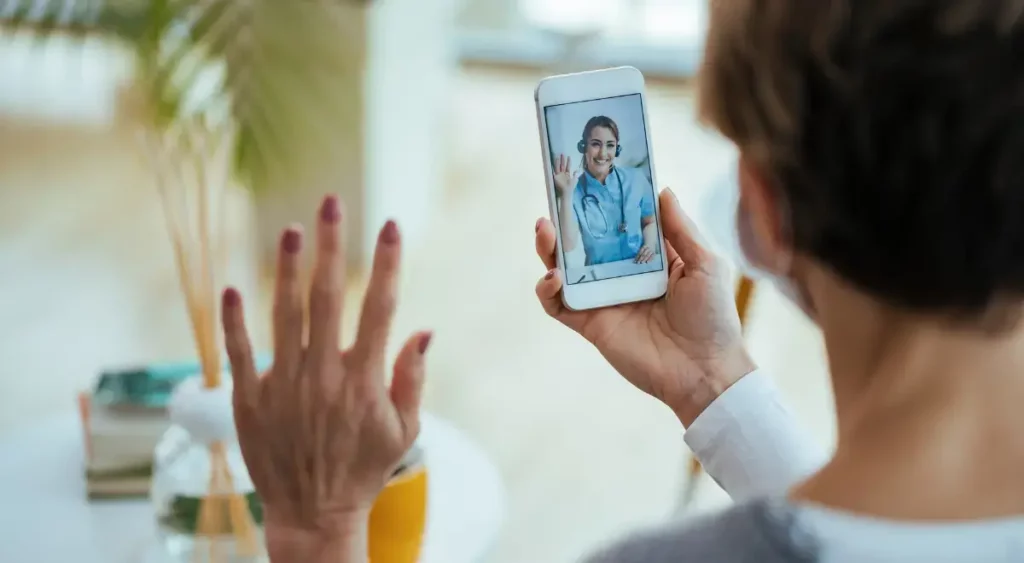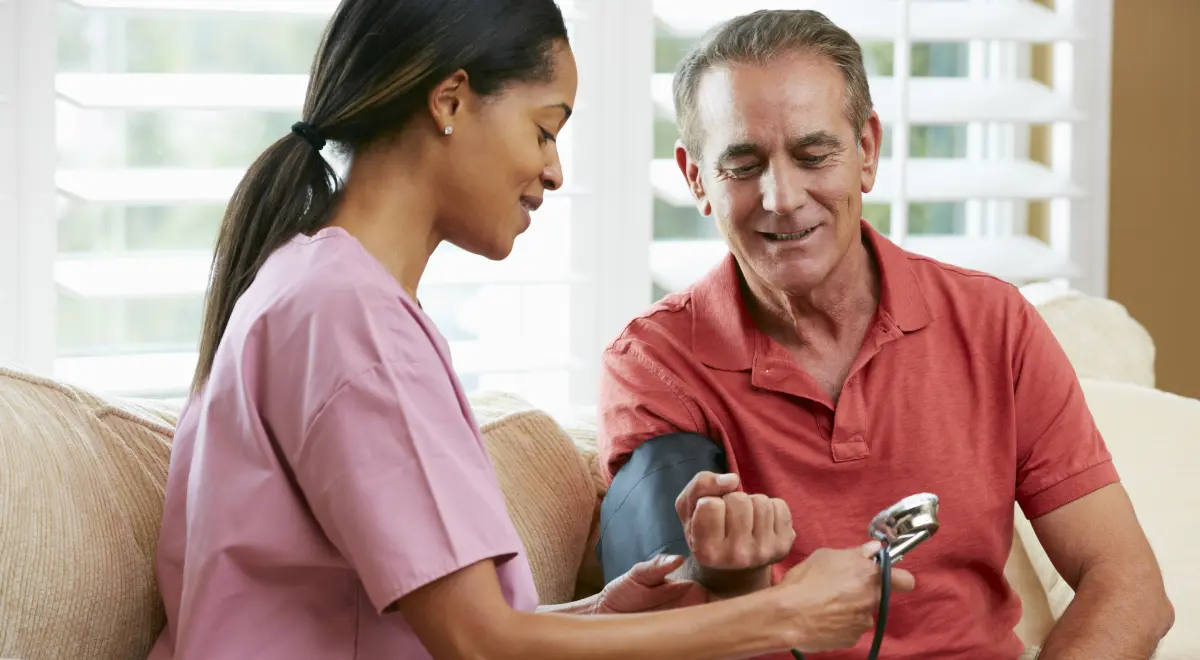Bridging The Digital Divide Using Cellular Remote Patient Monitoring (RPM)

A long-standing problem in healthcare is the disparity in health equity, especially when it comes to different geographic locations, such as rural and urban communities. With issues like remote demography and lack of adequate infrastructure, attaining quality healthcare in remote locations has become a challenge. But, technological advancements, including cellular medical devices have almost closed the digital divide gap by helping patients have easy access to healthcare.
With cellular devices, remote patient monitoring (RPM) programs, and other digital health platforms, patients in remote places may now easily consult healthcare providers to get immediate medical advice, right from the comfort of their homes.
Let’s take a closer look at how cellular remote patient monitoring is transforming healthcare delivery in remote areas.
Table of Contents
ToggleRole Of Technology In Addressing Healthcare Gaps
Healthcare technology is playing a crucial role in closing the gap in health equity, with RPM being a helpful initiative, helping patients and medical professionals to connect virtually. This allows patients to save on healthcare related transport costs.
Cellular medical devices and apps have the ability to connect patients with their healthcare providers, as well as enable medical advice and prescription reminders, even in remote locations with little access to healthcare.
Remote patient monitoring (RPM) enables medical professionals to keep an eye on patients’ health outcomes, which has proven beneficial in ensuring better health outcomes, especially for individuals with chronic conditions who require regular monitoring. RPM technology allows healthcare providers to keep track of patients’ vital signs, treatment compliance, and overall health status to ensure timely intervention in case of falling health.
Cellular Remote Patient Monitoring & Its Role In Bridging Digital Divide
The difficulty in accessing healthcare facilities is one of the main issues patients living in remote areas go through. However, cellular remote patient monitoring has greatly improved remote healthcare with technological innovation that allows virtual monitoring, medication compliance, and online sessions between patients and healthcare providers.
RPM has made access to healthcare in remote regions more convenient and accessible than ever before. One of the main benefits of remote monitoring is that it gives healthcare professionals access to real-time data, empowering them to make informed decisions about their patient’s health and care. Since RPM makes it possible for medical professionals to act swiftly in case of an emergency, patient outcomes have greatly improved.
Not only this, RPM is helping patients pay less for healthcare, along with avoiding expensive and time-consuming trips to the doctor’s office.
Remote patient monitoring has been a game-changer in bridging the digital divide gap and helped improve access to healthcare, reduce medical costs, and improve patient outcomes.
How Cellular Remote Monitoring Devices Are Proving Beneficial?
In remote locations with limited internet and Wi-Fi connectivity, cellular monitoring devices are helping reduce the accessibility challenges. Cellular devices use cellular networks, as opposed to traditional monitoring systems, to securely transfer data to healthcare providers, regardless of local infrastructure constraints.
- Overcoming Connectivity Issues
Cellular monitoring devices provide patients needing regular health monitoring with an easy communication medium, even if the internet connectivity is unreliable. The smooth operation of these devices guarantees that patients can communicate critical health data from any place, enabling healthcare providers to provide individualized treatment and timely interventions.
- Increasing Patient Involvement
By eliminating connectivity issues, cellular monitoring devices enable patients to undertake an active role in their healthcare journey and outcomes. Without the need for complicated technological infrastructure, patients in remote areas may quickly set up and use these devices, enhancing control over their health.
- Improving Health Outcomes
When cellular monitoring devices are incorporated into remote patient monitoring systems, patients can observe visibly improved health outcomes. By enabling timely interventions and routine monitoring, these devices contribute to the prevention of disease progression, reduction in hospital readmissions, and boosting general well-being, along with reducing healthcare disparities.
- Addressing SDOH
The use of cellular monitoring devices is a strategic way to address social determinants of health. Healthcare organizations can promote a more inclusive and patient-centered approach to their care delivery model by reducing the impact of social determinants of health and ensuring fair access to remote monitoring devices.
- Promoting Equity in Healthcare
A fundamental right that should transcend socioeconomic differences is equitable access to healthcare. Healthcare providers can close the digital gap and guarantee that patients in remote areas will receive the same standard of care as those in metropolitan areas by deploying cellular monitoring devices.
Embrace The Future Of Cellular RPM With HealthArc
While the future remains unpredictable, one thing is certain: the demand for cellular devices and remote patient monitoring solutions is going to increase.
Cellular monitoring devices are a useful tool for breaking down barriers to healthcare access in remote areas, allowing people to take control of their health and bridge the digital divide, regardless of geographic location or connectivity limitation.
HealthArc’s cellular devices like blood pressure monitor, weight scale and pulse oximeter are 4G enabled with a 2G fall back option for remote settings. These devices have the ability to hop from network to network till the time the readings are sent out.
Request a free demo or feel free to talk to our team at +201 885 5571 to learn how we can help your organization achieve its long-term care coordination and remote monitoring goals.
Most recent blogs
Categories
- Advanced Primary Care Management
- Behavioral Health Integration
- Cellular Remote Patient Monitoring
- Chronic Care Management
- Chronic Care Management Billing
- Chronic Care Management CPT Codes
- Chronic Care Management Program
- Chronic Care Management Software
- Digital Health Platform
- Principal Care Management
- Principal Care Management CPT Codes
- Remote Care Programs
- Remote Monitoring Devices
- Remote Patient Care
- Remote Patient Monitoring
- Remote Patient Monitoring Billing
- Remote Patient Monitoring CPT Codes
- Remote Patient Monitoring Devices
- Remote Patient Software
- Remote Therapeutic Monitoring
- Remote Therapeutic Monitoring Billing
- Remote Therapeutic Monitoring CPT Codes
- Telemedicine & RPM
- Transitional Care Management
- Transitional Care Management Billing
- Transitional Care Management CPT Codes
Related Posts
- August 4, 2024 | Read Time: 4 mins




